British and European Car Spotters Guide - 1964 |
|
|
 |
|
|
|
 |
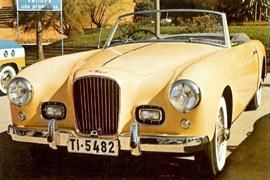 |
|
 |
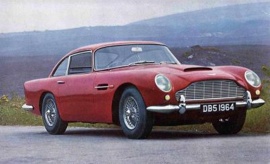 |
|
 |
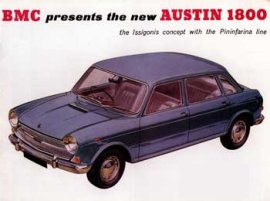 |
|
 |
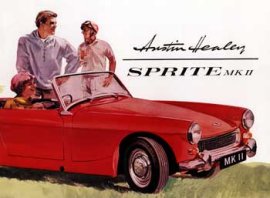 |
|
 |
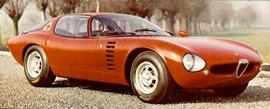 |
|
 |
 |
|
 |
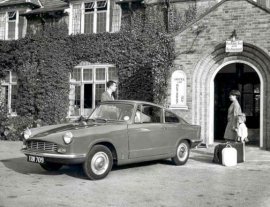 |
|
 |
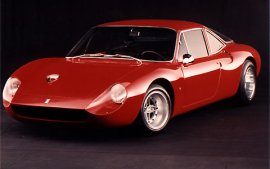 |
|
 |
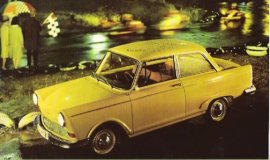 |
|
 |
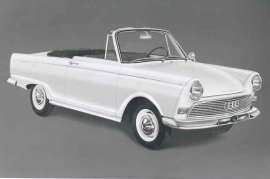 |
|
 |
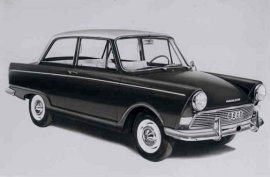 |
|
 |
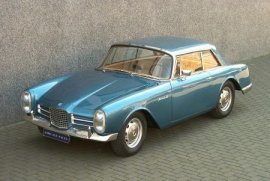 |
|
 |
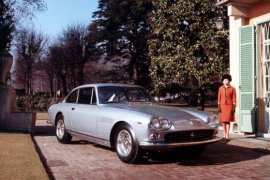 |
|
 |
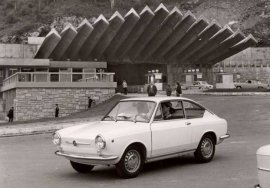 |
|
 |
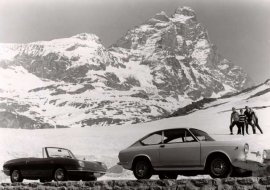 |
|
 |
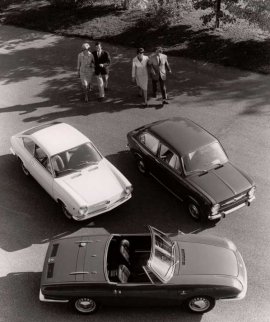 |
|
 |
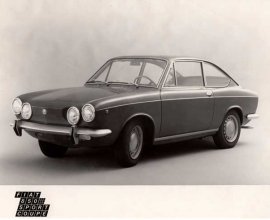 |
|
 |
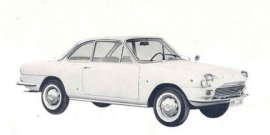 |
|
 |
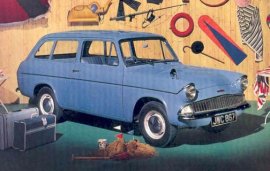 |
|
 |
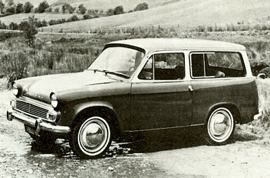 |
|
 |
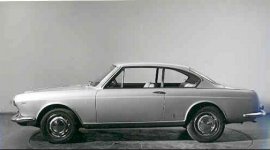 |
|
 |
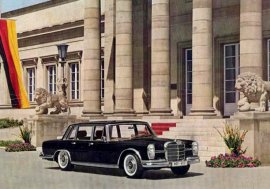 |
|
 |
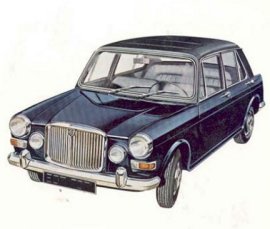 |
|
 |
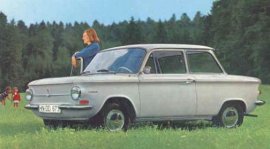 |
|
 |
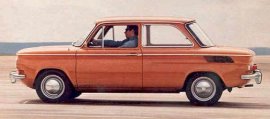 |
|
 |
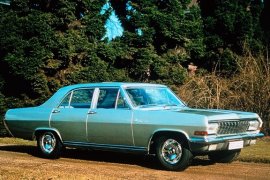 |
|
 |
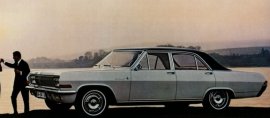 |
|
 |
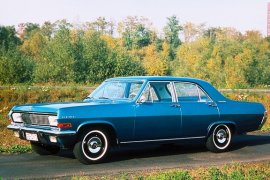 |
|
 |
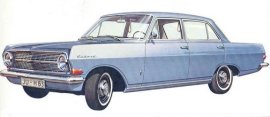 |
|
 |
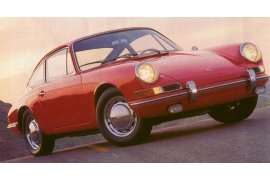 |
 |
|
| |
Also see: Porsche Car Reviews | The History of Porsche |
| |
Arguably the most legendary sports car of all time was launched in November 1964, becoming an instant classic and remaining in production longer than any other, excluding the Volkswagen Beetle. The 911 was originally known as the 901, however Peugeot had trademarked three digit designations that featured a middle "zero", so Porsche switched to the 911 designation. The 911 was a rear-engine, rear-wheel-drive vehicle with an overhead cam, air-cooled flat-six cylinder engine. The 2.0-L engine had an output of 96 kW (130 hp) at 6100 rpm with a maximum torque of 174 Nm (128 lb.ft) at 4200 rpm. It had a bore of 80 mm (3.15 in) and stroke of 66 mm (2.6 in) with a compression ratio of 9.0:1. The air-cooled boxer engine had a cooling fan connected to the alternator and used a dry sump lubrication system that helped eliminate crankshaft splashing losses at high engine speeds. The engine used aluminum cylinders with iron liners and alloy pistons. The transmission was a Porsche synchromesh 5 speed manual transmission. The chassis was a welded steel box frame with an independent front suspension that used struts and lateral arms. Separate longitudinal torsion bars were used for the front along with MacPherson struts. The rear suspension was also independent and used trailing arms and double-acting shock absorbers. Power was transmitted to the rear wheels via jointed half-shafts. The Porsche 911 used ZF rack and pinion steering with a ratio of 16.5:1, this at a time when most vehicles of this era used the inferior worm-and-gear type steering systems. The 911 employed a four-wheel disc brake system of the single circuit type. However, the braking system was not the racing system used in previous Porsche models. The curved safety glass windshield was a feature not common to most vehicles. An interesting option for cold weather motoring was an auxiliary gasoline heater to supplement the passenger compartment heat from the air-cooled engine. |
|
 |
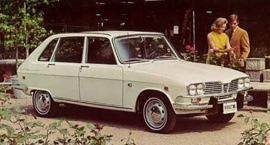 |
 |
|
| |
Also see: Renault Car Reviews | The History of Renault |
| |
When Renault introduced its model 16 in December 1964
the concept of a five-door saloon was very new.
It used
a rear hatchback door with fold-down rear seats and although
it had awkward styling, at the time it was unique. It achieved excellent roadholding and its all independent
suspension allowed a soft ride on even the toughest roads.
As well as front disc brakes it could handle 145 km/h with
its 1470cc engine. |
|
 |
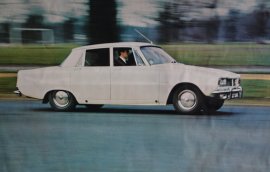 |
|
 |
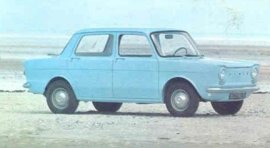 |
|
 |
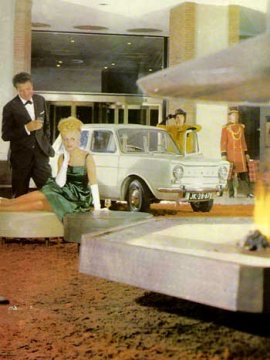 |
|
 |
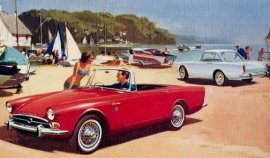 |
|
 |
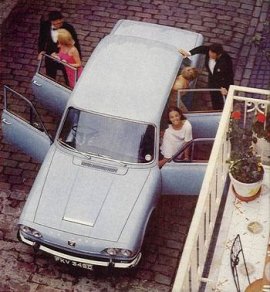 |
|
 |
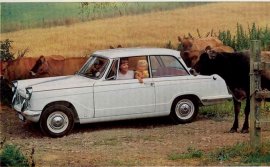 |
|
 |
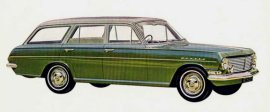 |
|
 |
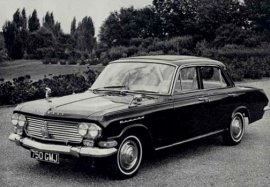 |
|
 |
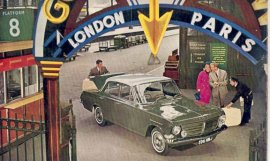 |
|
 |
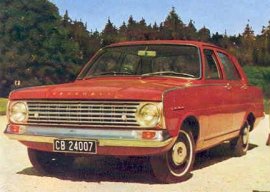 |
|
 |
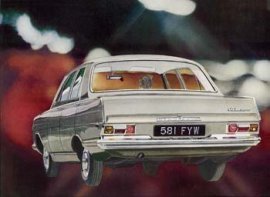 |
|
 |
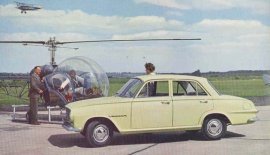 |
|
 |
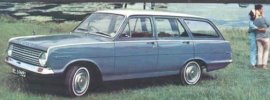 |
|
 |
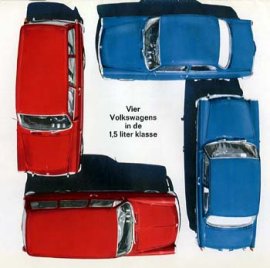 |
|
 |
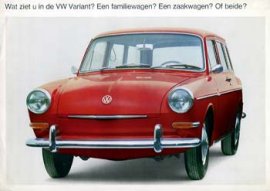 |
 |
Volkswagen Type 3 1500 |
| |
Also see: Volkswagen Car Reviews | The History of Volkswagen |
| |
The Type 3 was initially equipped with a 1.5 liter (1493cc) engine based on the air-cooled 1200cc flat-4 found in the Type 1, but given a 69mm stroke it became the basis for the 1300cc and 1600cc engines that followed in the later Beetle (Type 1) and Volkswagen Type 2 T1 and T2. While the long block remained the same as the Type 1, the engine cooling was redesigned by putting the fan on the end of the crankshaft instead of on the generator, reducing the height of the engine profile, allowing greater cargo volume, and earning the nicknames of "Pancake" or "Suitcase" engine. The engine's displacement would eventually increase to 1.6 liters (1584cc). It used a similar transmission to the Beetle but with higher ratios. Unlike the Beetle (Type 1) the Type 3 engine and transmission unit was mounted into a subframe (which contained the complete rear suspension), which was in turn rubber-mounted to the floorpan and body, thereby isolating vibrations and road noise from the passenger space. The original Volkswagen 1500 used a single side-draught 32mm carburetor. In August 1963 VW introduced single and twin-carburetor versions, respectively the Volkswagen 1500N, rated at 45 PS (33 kW; 44 hp), and the 1500S, 54 PS (40 kW; 53 hp) which had high-compression (8.5:1) domed pistons and twin downdraught 32mm carburetors for more power.
|
|
|
